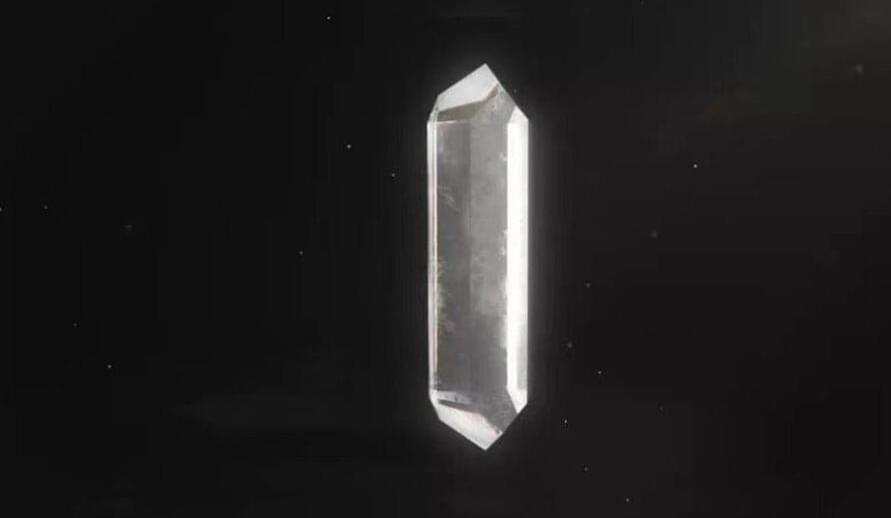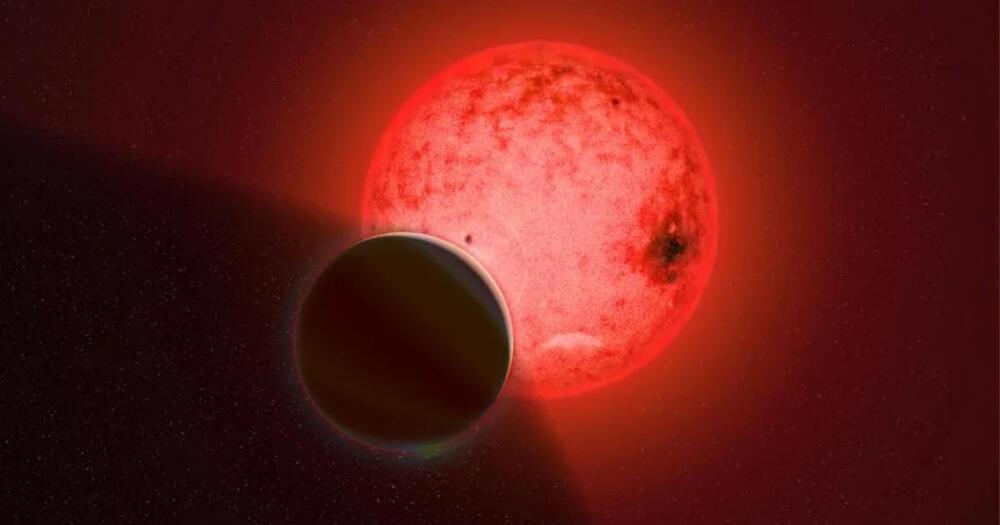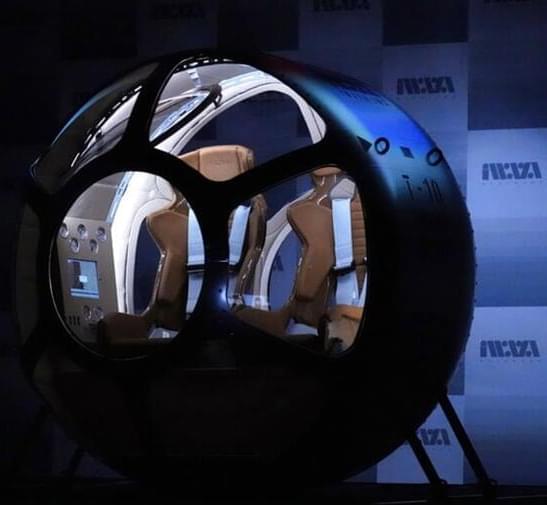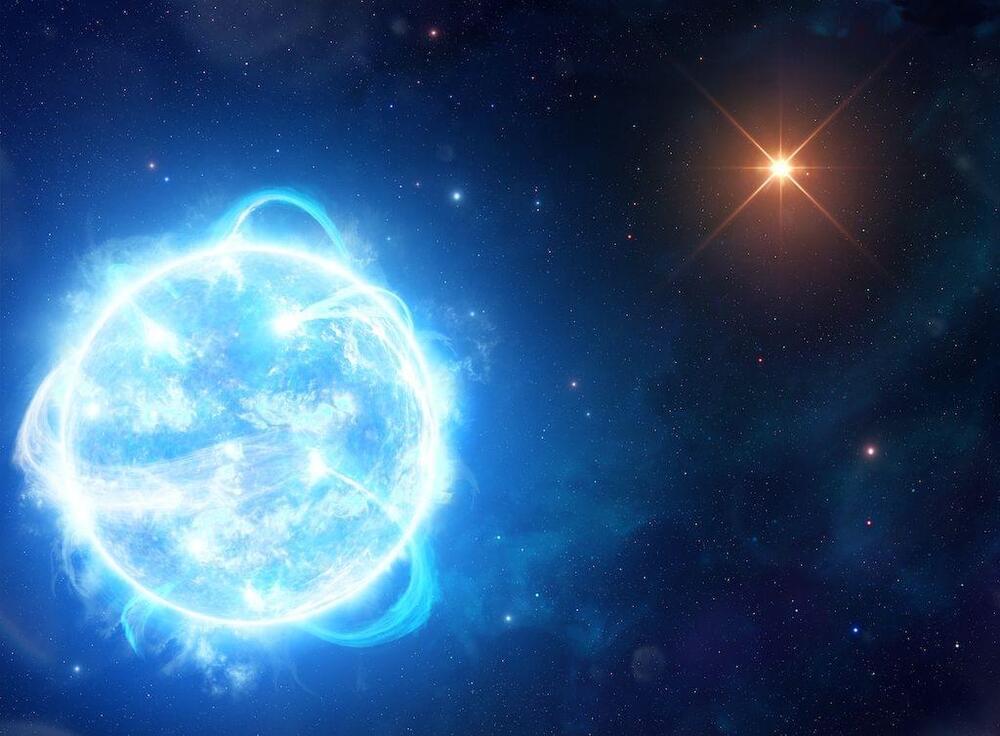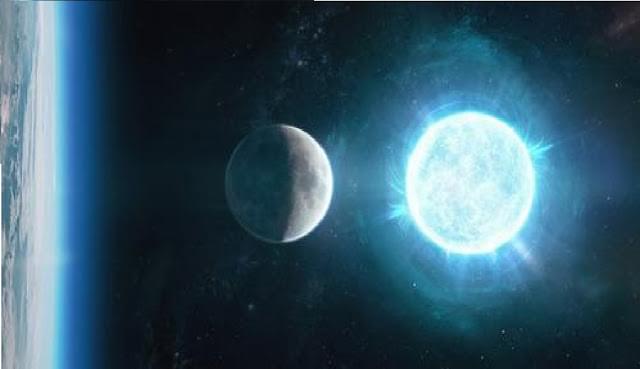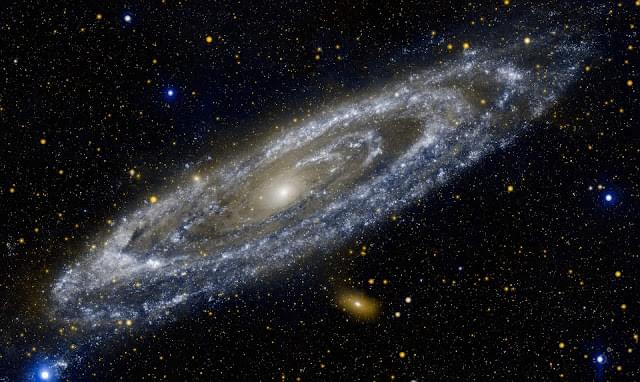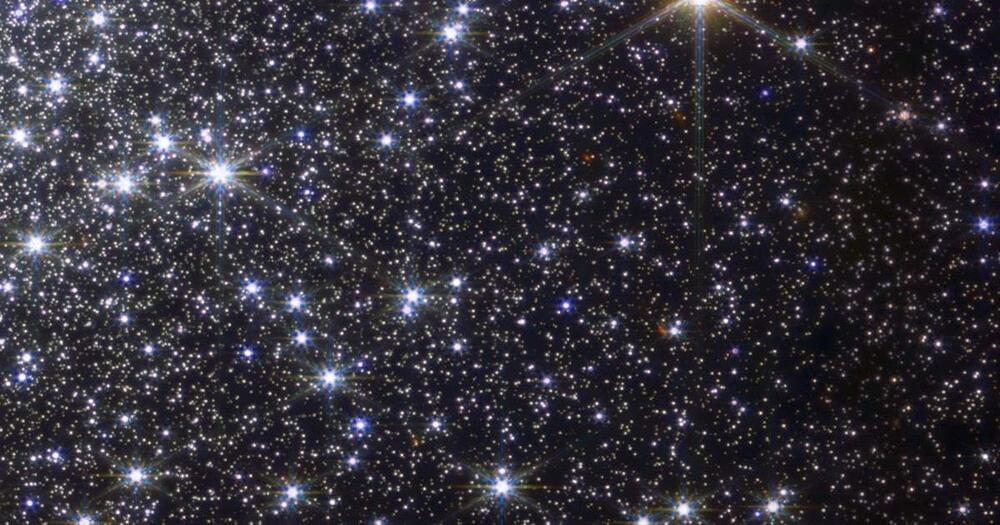Changesite-(Y), named for the mythological Chinese goddess of the moon, Chang’e, is a phosphate mineral and columnar crystal. It was found in lunar basalt particles being examined in laboratories in China.
The discovery was made by researchers at the Beijing Research Institute of Uranium Geology who found a single crystal of Changesite-(Y) using X-ray diffraction while studying particles collected on the moon.
The discovery means China is the third country to discover a new lunar mineral, following the United States and former Soviet Union.
